Lost department stores that built american cities
Ah, the golden era of department stores, a time when shopping was an experience, not just a transaction. These grand institutions were more than just stores; they were social hubs where people gathered to see and be seen.
From the late 19th to the mid-20th century, department stores became the beating heart of urban life across America. They offered everything from fashion to furniture under one roof, creating a one-stop shopping paradise.
The Birth of Retail Giants: A Historical Overview
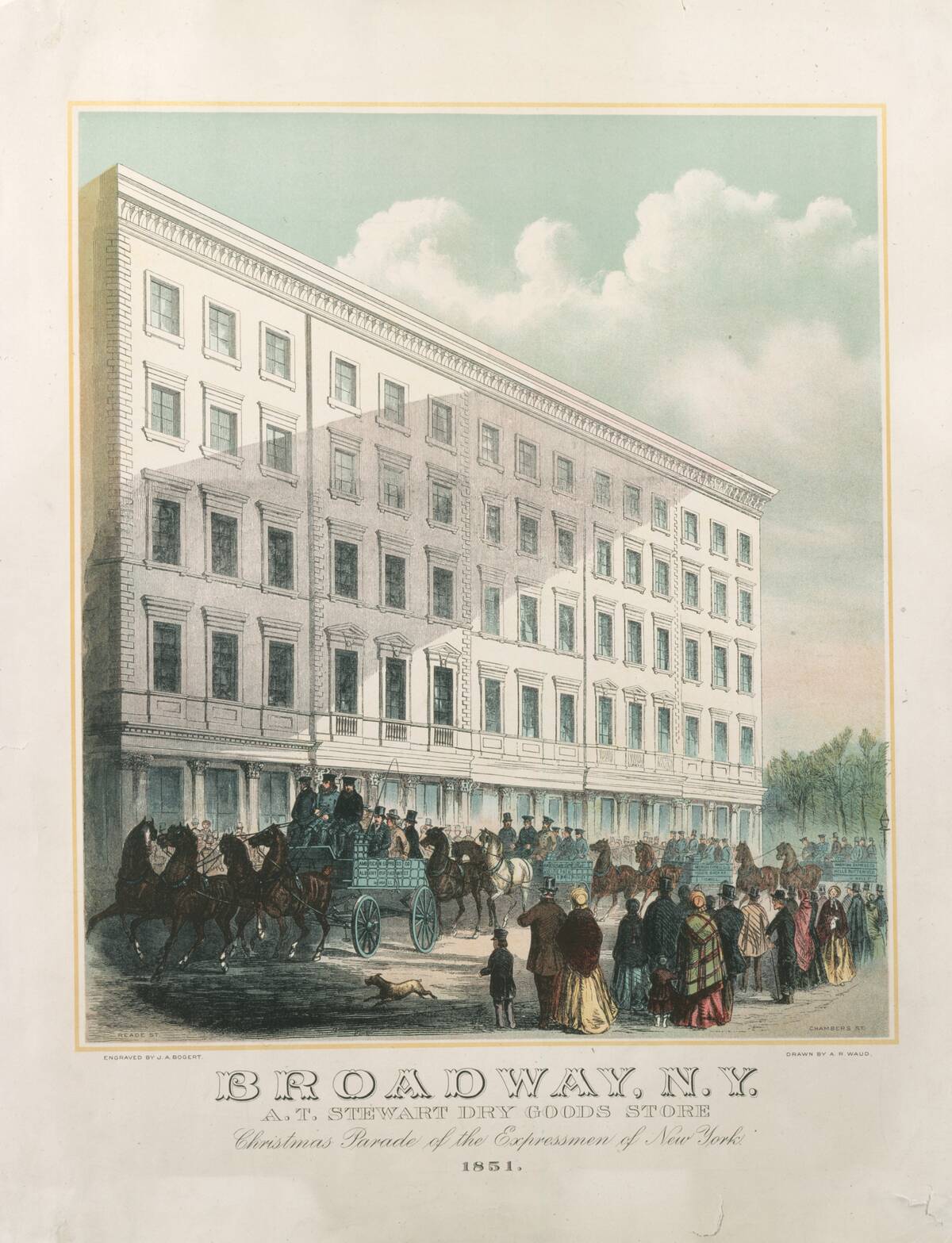
The birth of retail giants marked a turning point in consumer culture. As industrialization progressed, so did the need for centralized places to shop. The mid-1800s saw the rise of department stores, starting with pioneers like Stewart’s in New York City, which opened in 1846.
These stores pioneered the concept of fixed prices, eliminating the need for haggling and creating a more enjoyable shopping experience for customers.
Marshall Field’s: Chicago’s Shopping Mecca
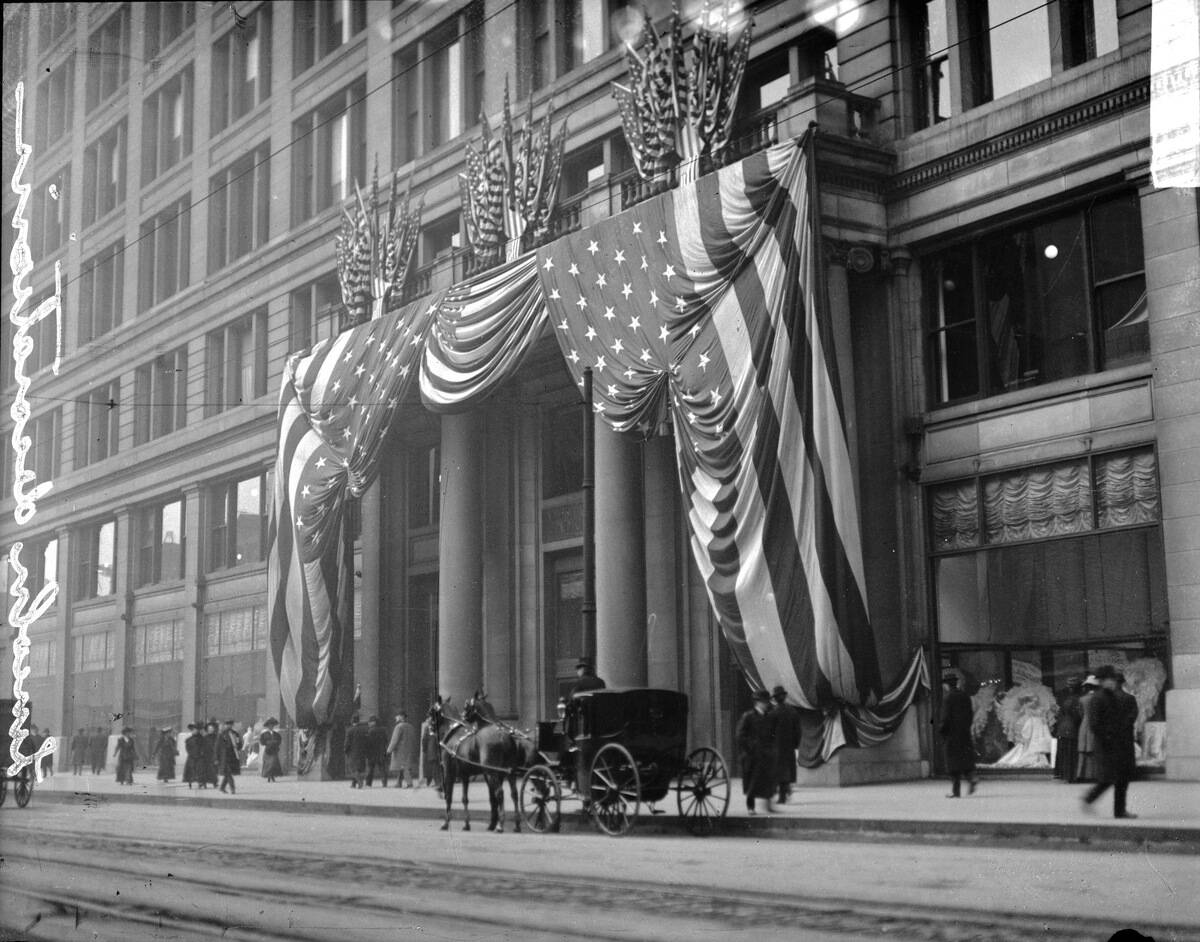
Marshall Field’s was more than just a store to Chicagoans; it was an institution. Founded in 1852, it became famous for its customer service policy, epitomized by the slogan ‘Give the lady what she wants.’
The store also introduced the first in-store restaurant to keep shoppers energized. Its iconic clock and lavish holiday displays drew in crowds, making it a beloved landmark in the Windy City.
Wanamaker’s: Philadelphia’s Shopping Palace
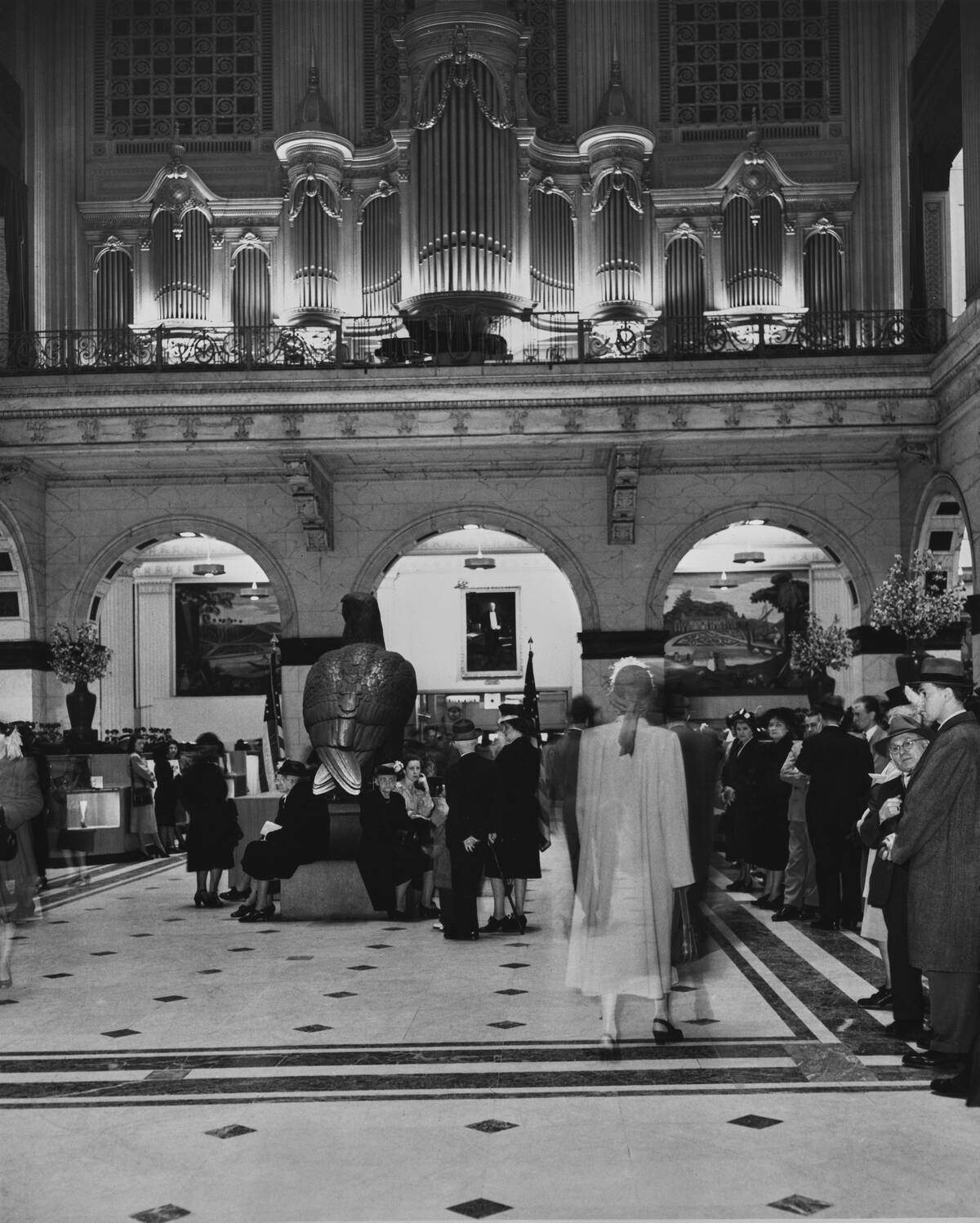
Wanamaker’s in Philadelphia was a retail marvel, known for its lavish architecture and unique offerings. Opened in 1876, it was the first department store in Philadelphia and one of the first in the United States.
The Grand Court, with its impressive organ, became a cultural highlight, hosting concerts and events. Wanamaker’s set the standard for customer service and innovation, even pioneering the use of price tags.
Macy’s: The Retail Icon of New York City
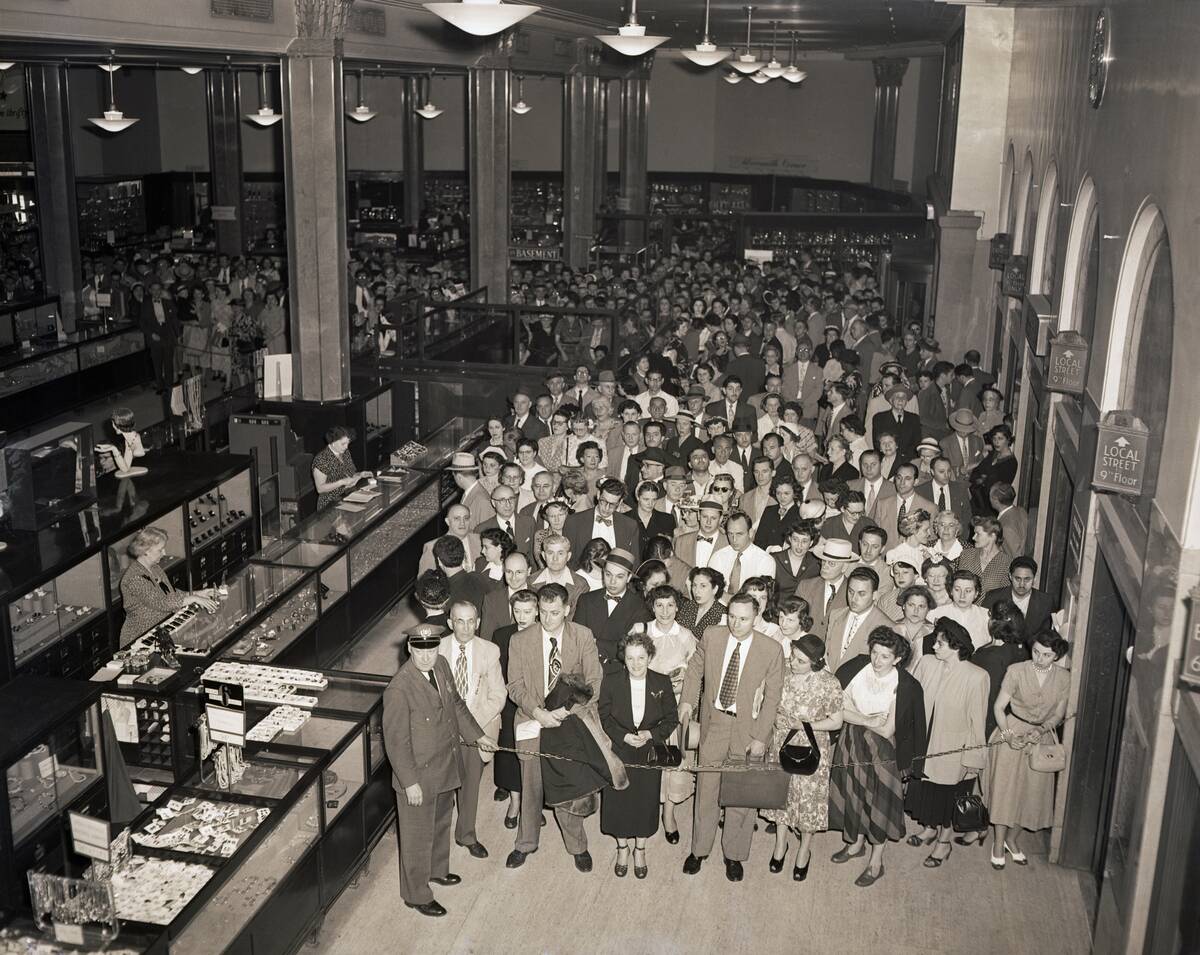
Macy’s, the New York retail icon, is synonymous with the Big Apple. Founded in 1858, it quickly became a household name. The flagship store on 34th Street is a landmark in its own right, famous for its Thanksgiving Day Parade and elaborate window displays.
Macy’s was a trailblazer in advertising and marketing, pioneering the use of full-page newspaper ads in the late 19th century to draw in eager shoppers.
Hudson’s: A Detroit Landmark
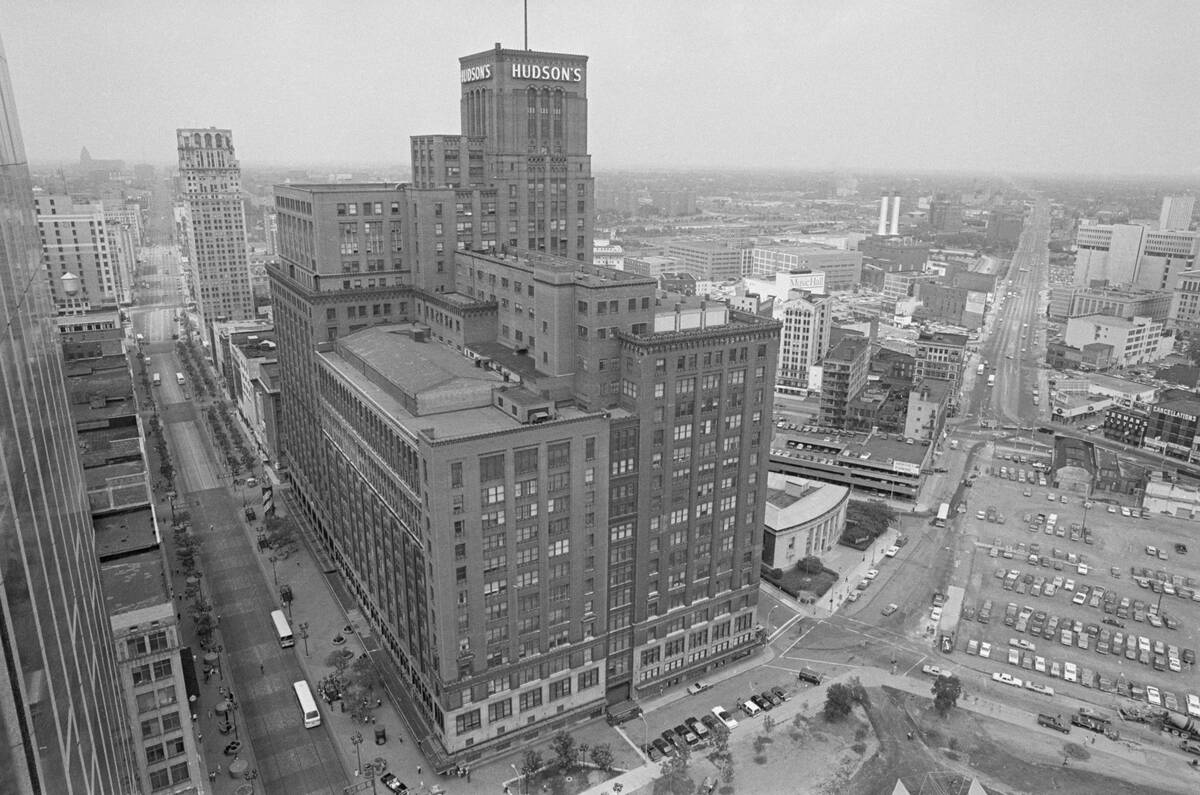
Hudson’s was the crown jewel of Detroit’s shopping scene. Established in 1881, it grew to become the second-largest department store in the United States by the mid-20th century. Its 25-story building was an architectural marvel, featuring elegant dining rooms.
Hudson’s was known for its community involvement, hosting events and parades that made it a central piece of Detroit’s social fabric.
Filene’s: Boston’s Retail Pioneer
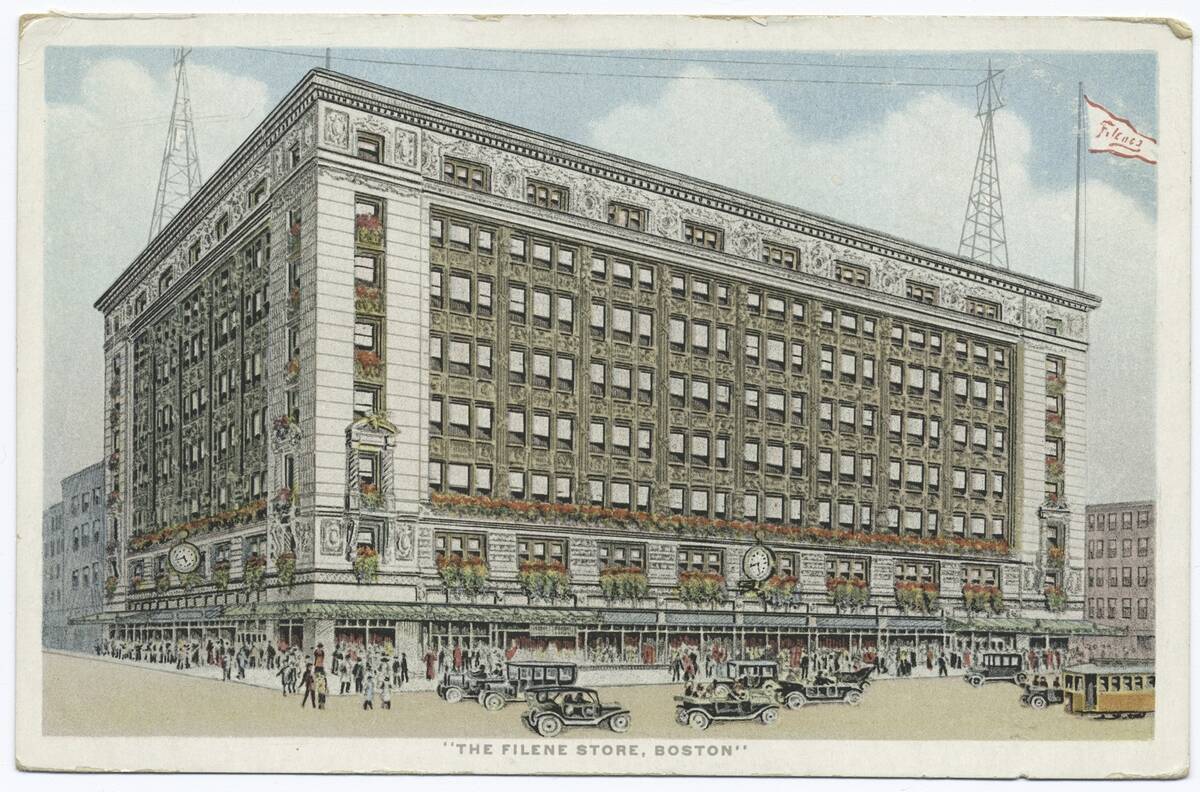
Boston’s Filene’s was a trailblazer in retail innovation. Founded in 1881, it perfected the concept of the basement bargain store, which became an institution in its own right. Filene’s Basement was famous for its “Automatic Mark-Down System,” where prices dropped the longer items remained unsold.
The store was a beloved fixture in Boston, offering everything from fashion to home goods with a touch of New England charm.
Rich’s: Atlanta’s Southern Charm
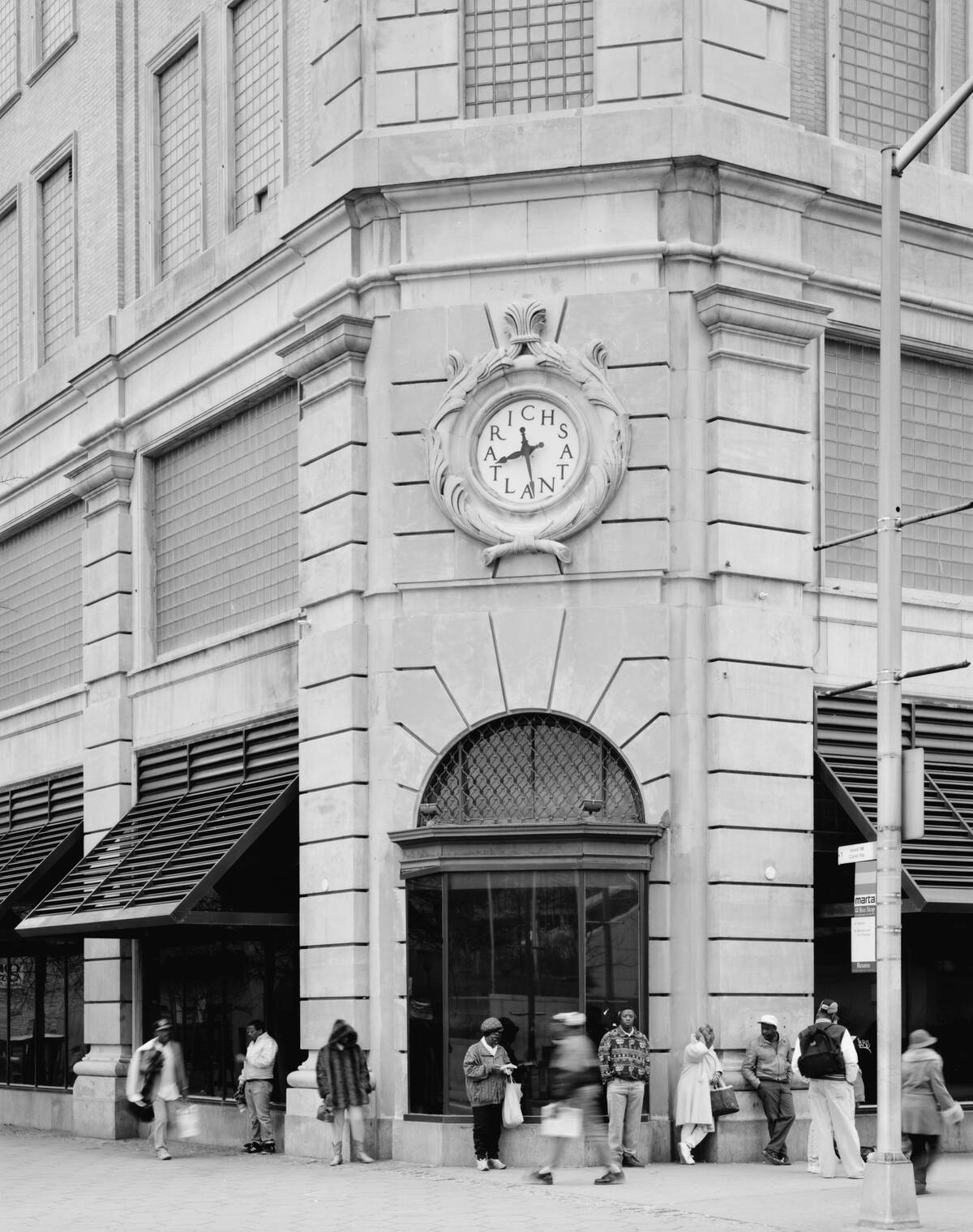
Rich’s was Atlanta’s beacon of southern hospitality and charm. Opening its doors in 1867, it became known for its personal service and community involvement. The Pink Pig train ride and the Great Tree lighting ceremony became cherished holiday traditions.
Rich’s wasn’t just a place to shop; it was a gathering spot that reflected the heart and soul of Atlanta, making it a beloved fixture in the city’s history.
Bullock’s: The Glamour of Los Angeles

Bullock’s brought Hollywood glamour to retail in Los Angeles. Established in 1907, it was a favorite among the stars of the silver screen. The store was renowned for its high-end fashion and elegant store design, often resembling a movie set.
Bullock’s Wilshire, in particular, became famous for its Art Deco architecture and luxurious atmosphere, attracting a clientele that read like a who’s who of Hollywood elite.
Gimbels: The New York Rivalry
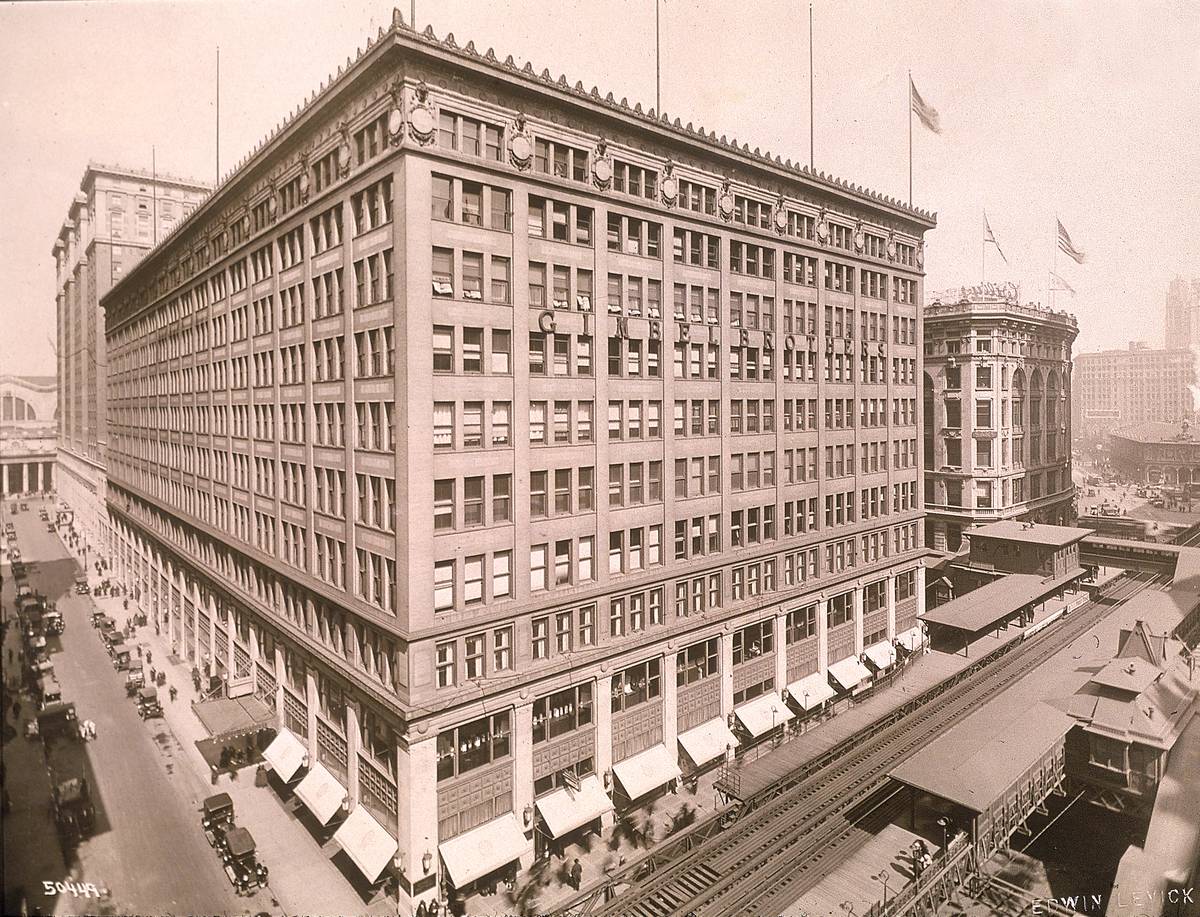
Gimbels was Macy’s fiercest competitor, known for its slogan, “Gimbels Has It!” Founded in 1842, it was the largest department store chain in the country at its peak. The rivalry with Macy’s was so intense that it inspired the famous phrase, “Does Macy’s tell Gimbels?”
Gimbels was also innovative in its approach, popularizing the department store bargain basement in New York and setting the stage for future retail competition.
The Dayton’s Legacy in Minneapolis
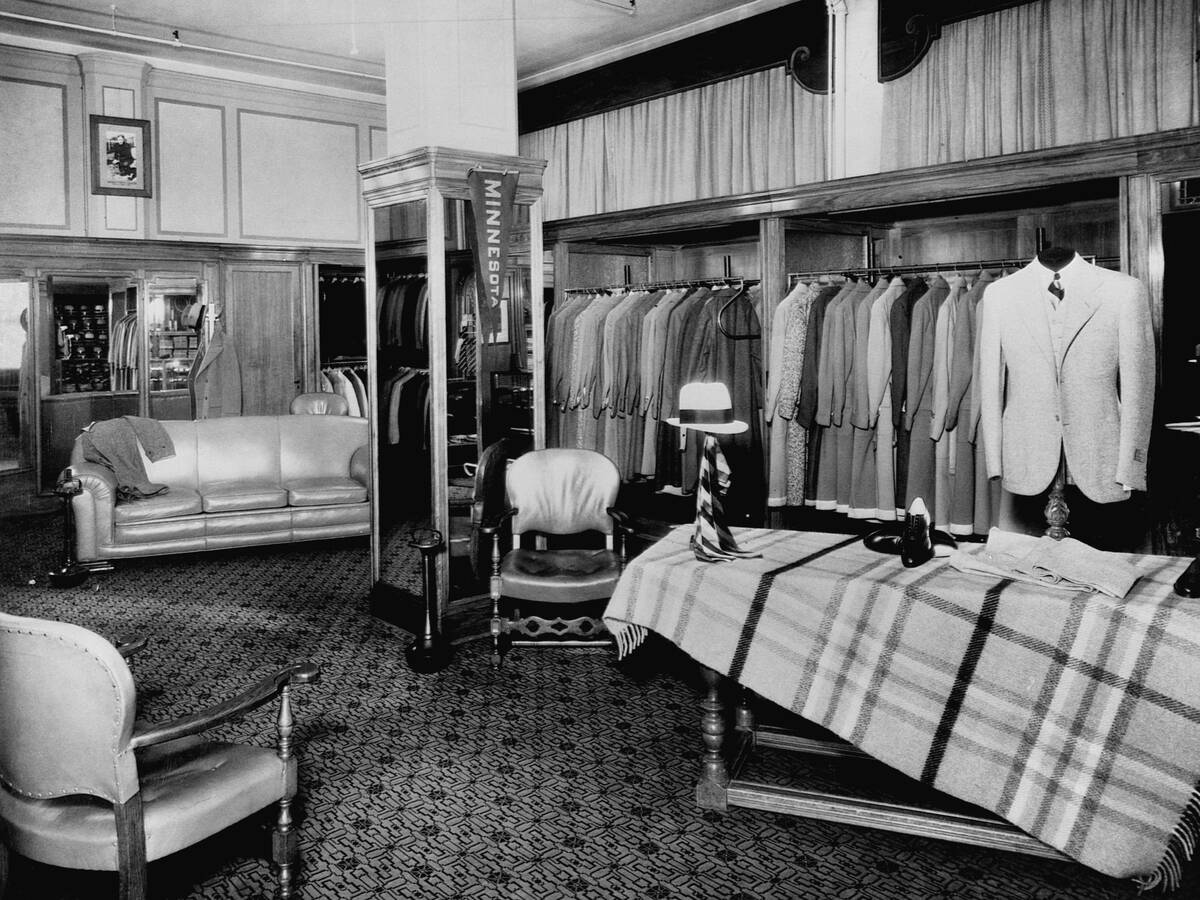
Dayton’s was the cornerstone of Minneapolis retail, known for its community focus and innovative retail concepts. Founded in 1902, it eventually gave rise to the Target Corporation, which remains a retail giant today.
Dayton’s was renowned for its customer-centric approach, hosting events and supporting local charities. The store’s annual Christmas display, featuring animated characters, became a beloved tradition for Twin Cities families.
Higbee’s: Cleveland’s Shopping Experience
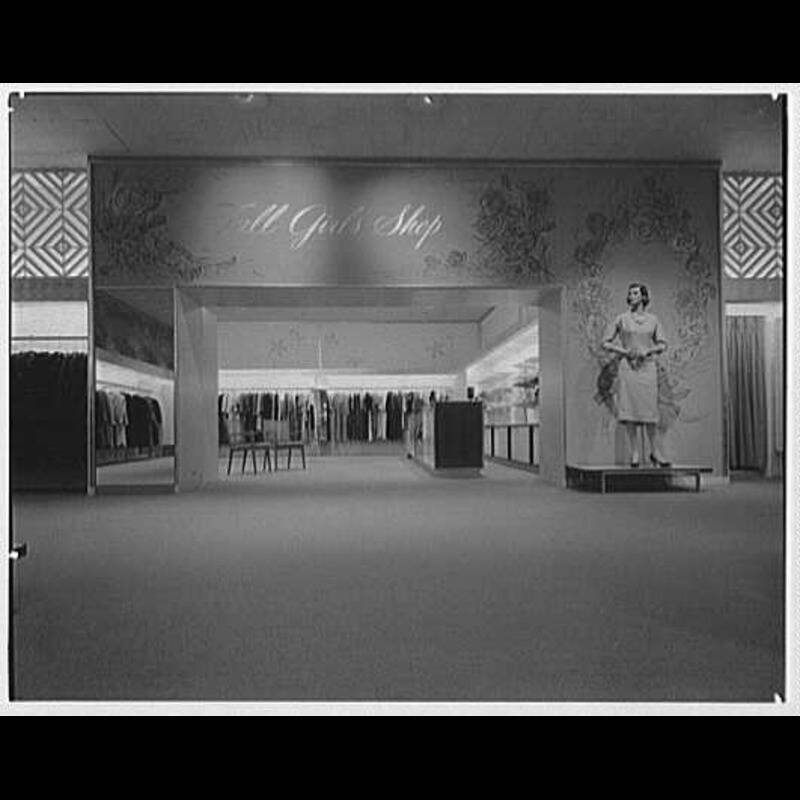
Higbee’s offered a unique shopping experience in Cleveland, capturing the spirit of the city. Opened in 1860, it was the first department store in the city and became a cultural hub. It gained fame for its grand Christmas displays and its role in the classic holiday film A Christmas Story.
Higbee’s was more than just a store; it was a part of Cleveland’s identity, offering everything from fine dining to exclusive fashion.
Dillard’s: From Local Store to National Chain

Dillard’s began as a small store in Arkansas, founded by William T. Dillard in 1938. Its growth into one of the largest department store chains in the U.S. is a testament to its strategic acquisitions and focus on customer service.
Dillard’s expanded rapidly in the latter half of the 20th century, acquiring regional chains and maintaining a commitment to quality products and a pleasant shopping atmosphere.
The Impact of Department Stores on Urban Development

Department stores played a pivotal role in shaping urban landscapes, often anchoring downtown areas and drawing in both locals and visitors. Their presence spurred the development of public transportation systems to accommodate the influx of shoppers.
Cities like Chicago and New York saw department store districts emerge, transforming urban cores into bustling commercial hubs. This urban magnetism contributed significantly to the growth and modernization of American cities.
Department Stores and the Birth of the Shopping Mall
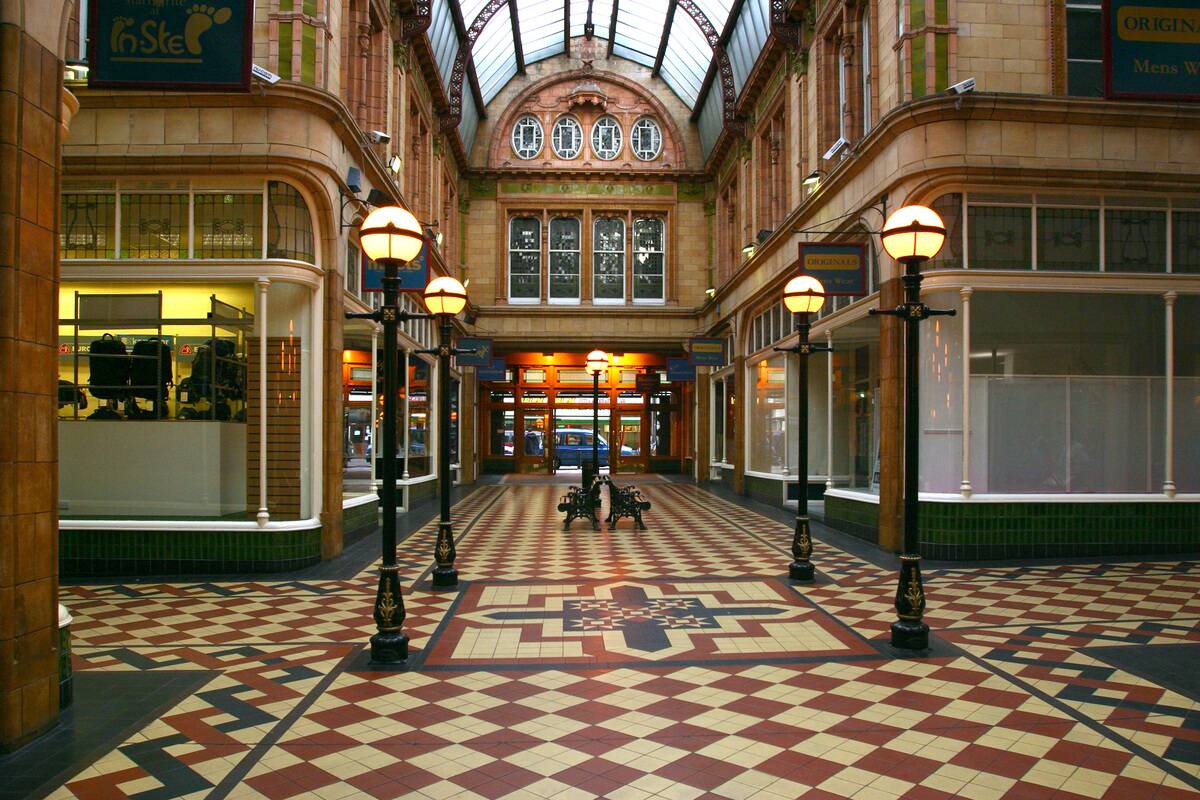
The rise of department stores laid the groundwork for the modern shopping mall. As suburbs expanded, the need for accessible retail locations grew, leading to the development of malls anchored by department stores.
The first enclosed mall, Southdale Center in Minnesota, opened in 1956 with Dayton’s as a key tenant. This concept revolutionized shopping, offering a climate-controlled environment that combined the convenience of multiple stores with entertainment and dining options.
The Cultural Influence of Department Store Windows
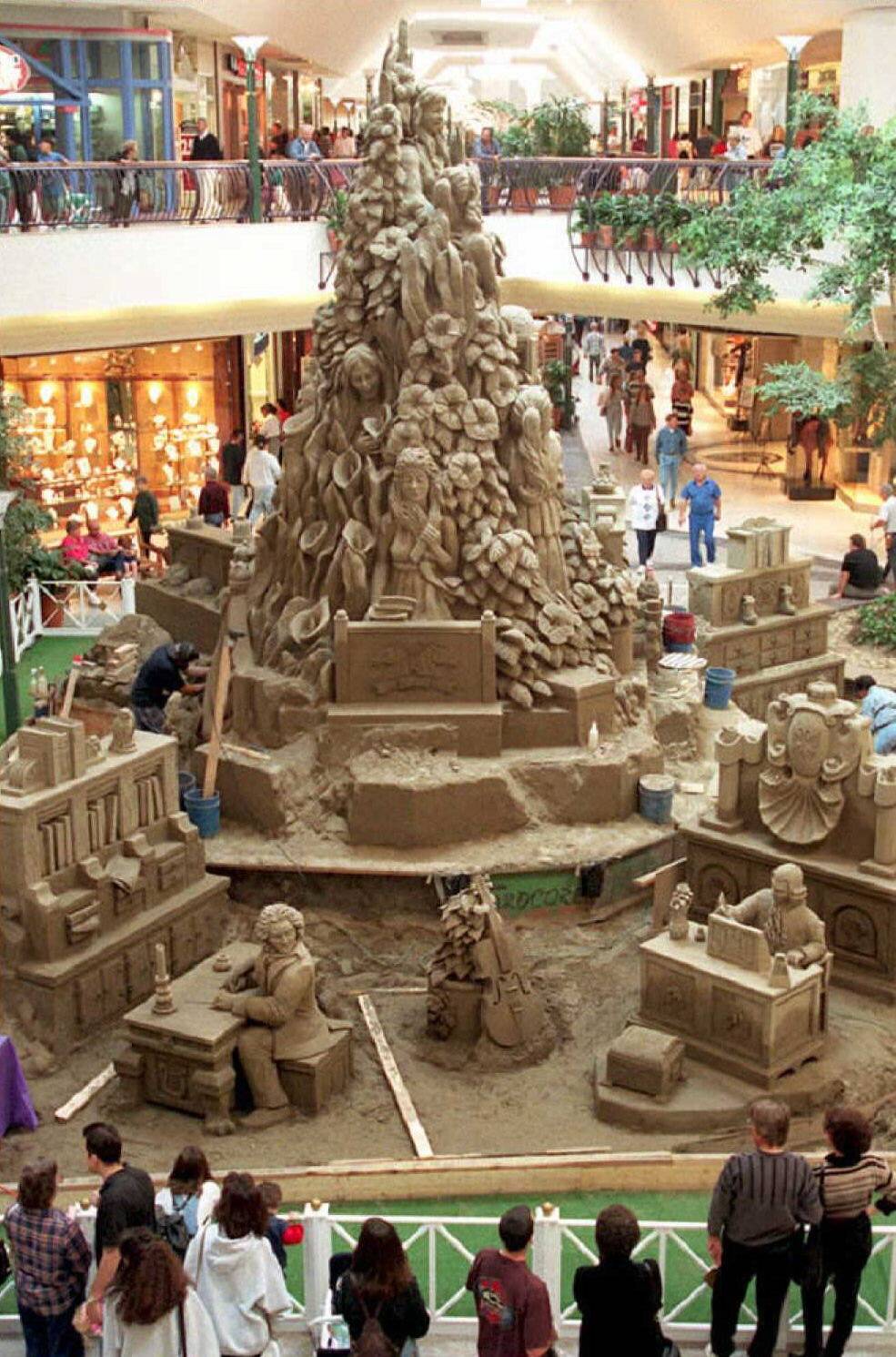
Department store window displays became cultural phenomena, especially during the holiday season. Stores like Macy’s and Marshall Field’s were famous for their elaborate, themed displays that drew crowds from far and wide.
These windows were more than just marketing tools; they were art forms that captured the imagination and spirit of the times. They celebrated creativity and brought people together, fostering a sense of wonder and tradition that continues to this day.
The Decline and Disappearance of Iconic Department Stores
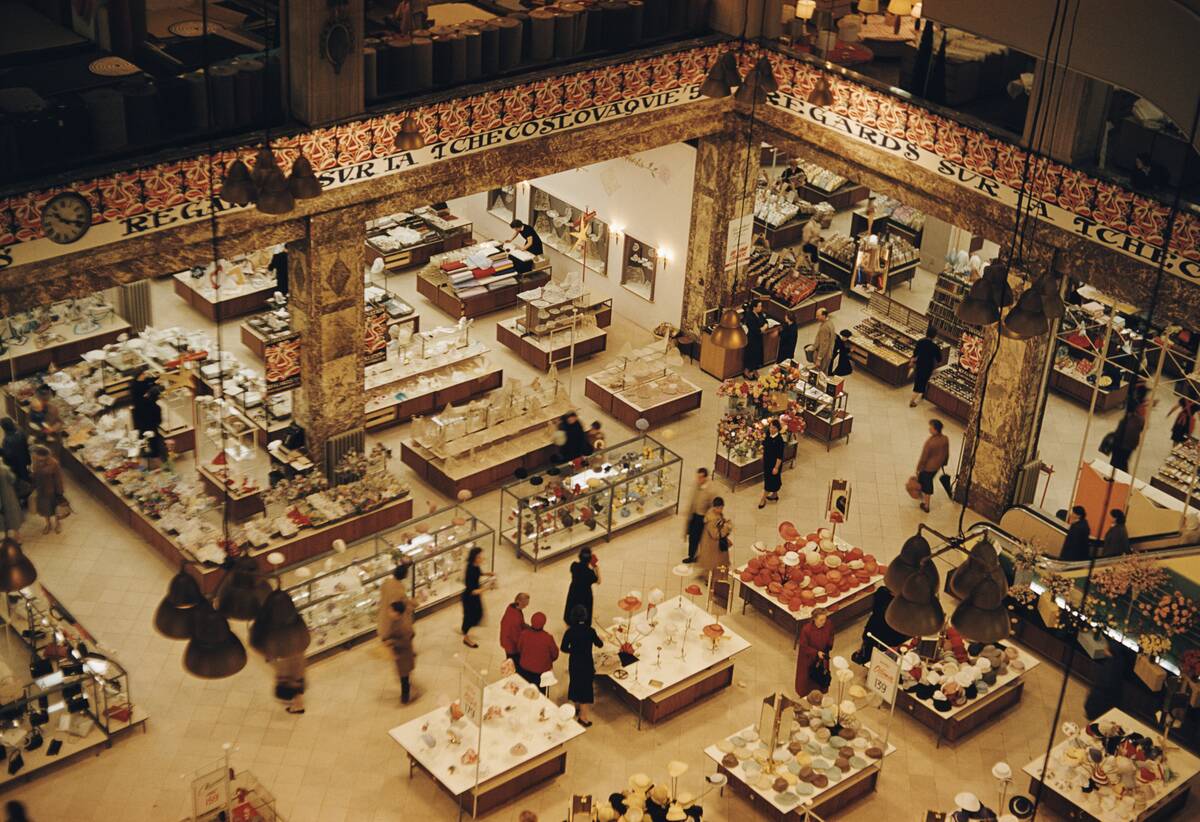
The decline of iconic department stores marked the end of an era. Factors such as the rise of online shopping, changing consumer habits, and economic challenges led to the closure of many beloved stores.
Some, like Marshall Field’s and Gimbels, were absorbed by larger entities, while others shuttered completely. Despite their disappearance, the legacy of these department stores lives on, remembered fondly as symbols of a bygone era of retail splendor.



